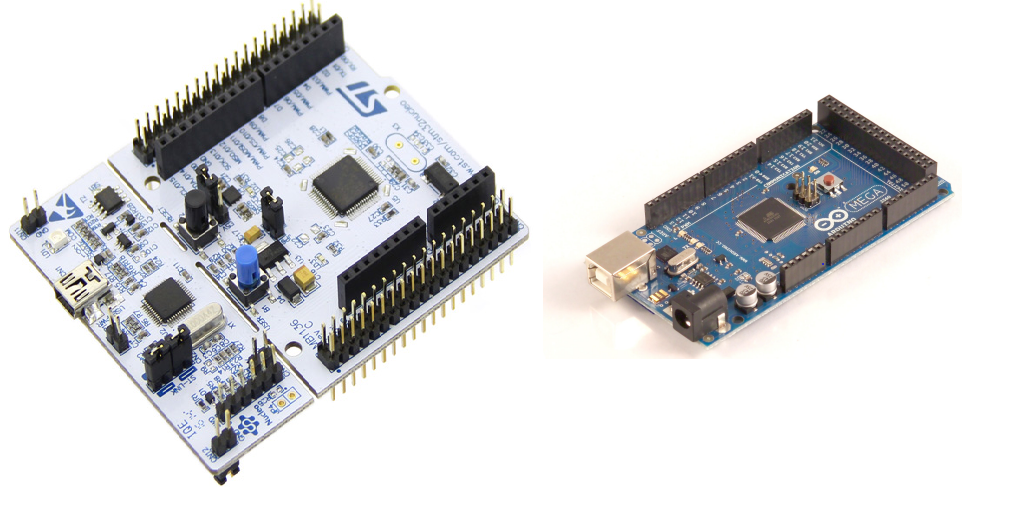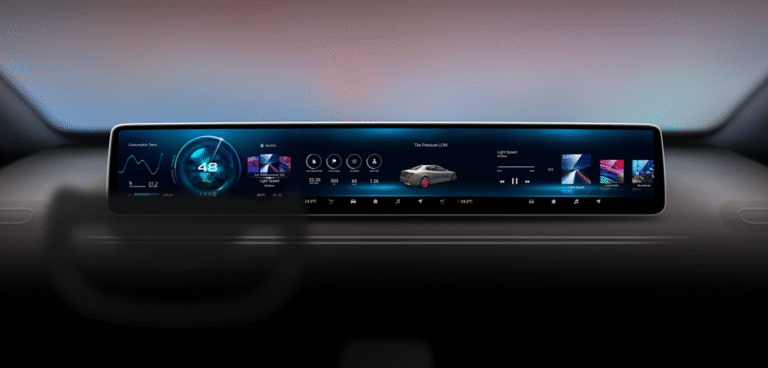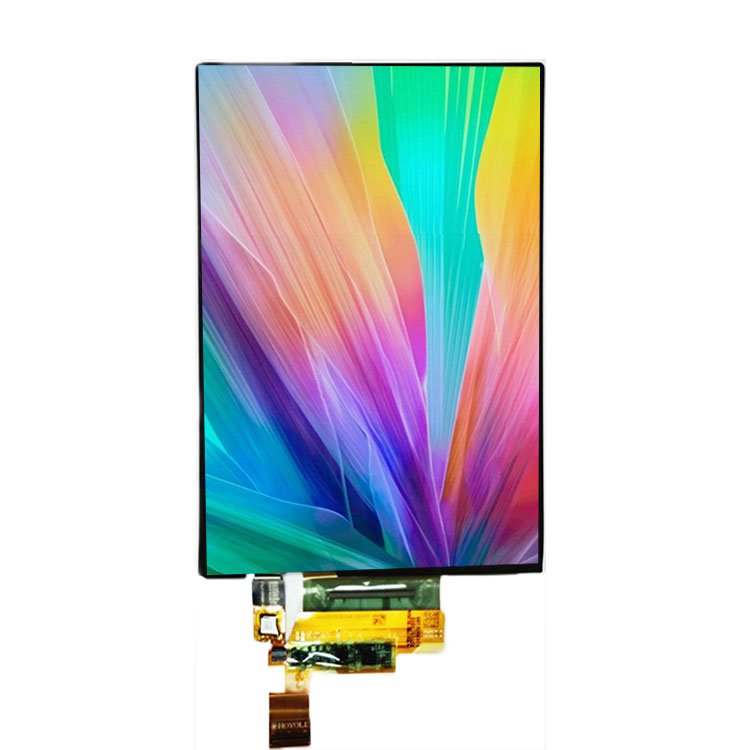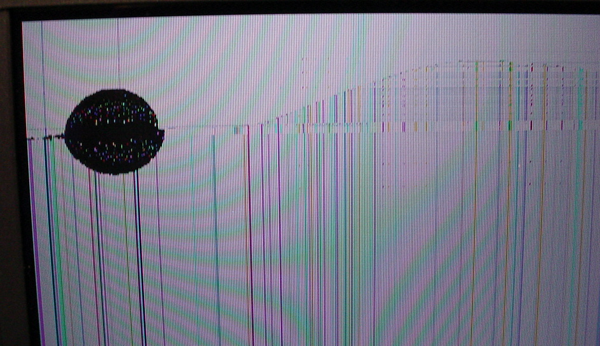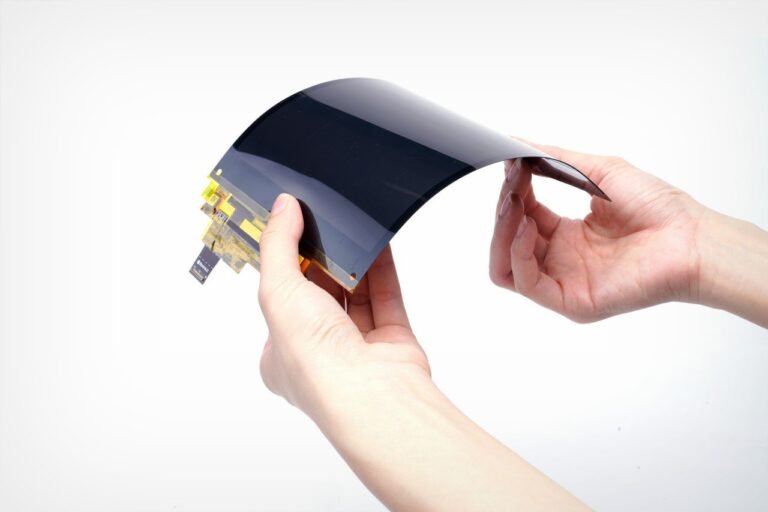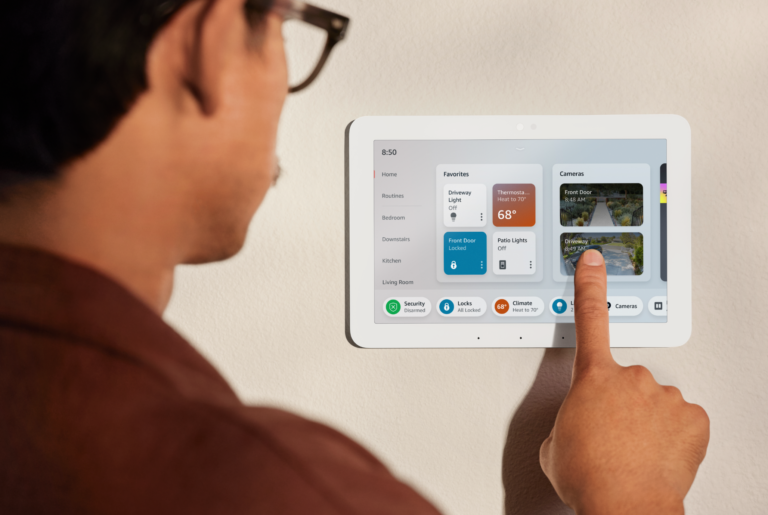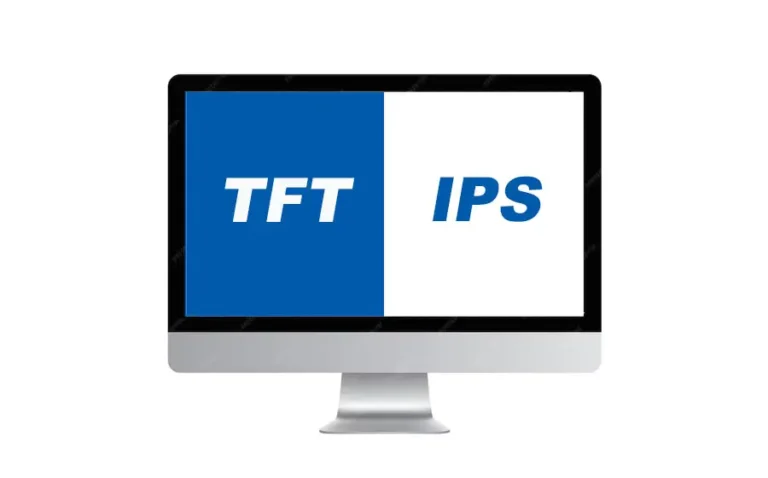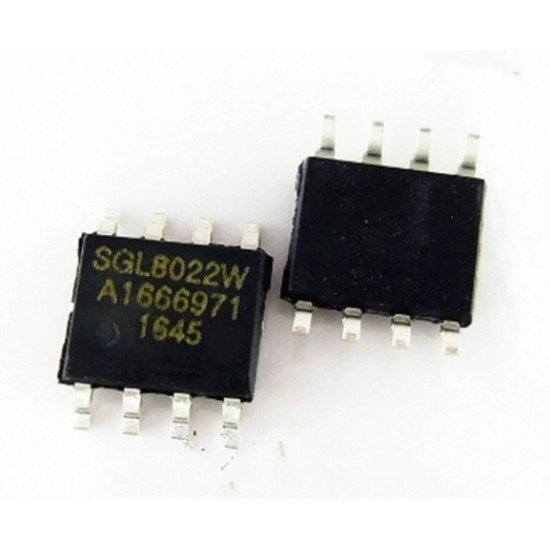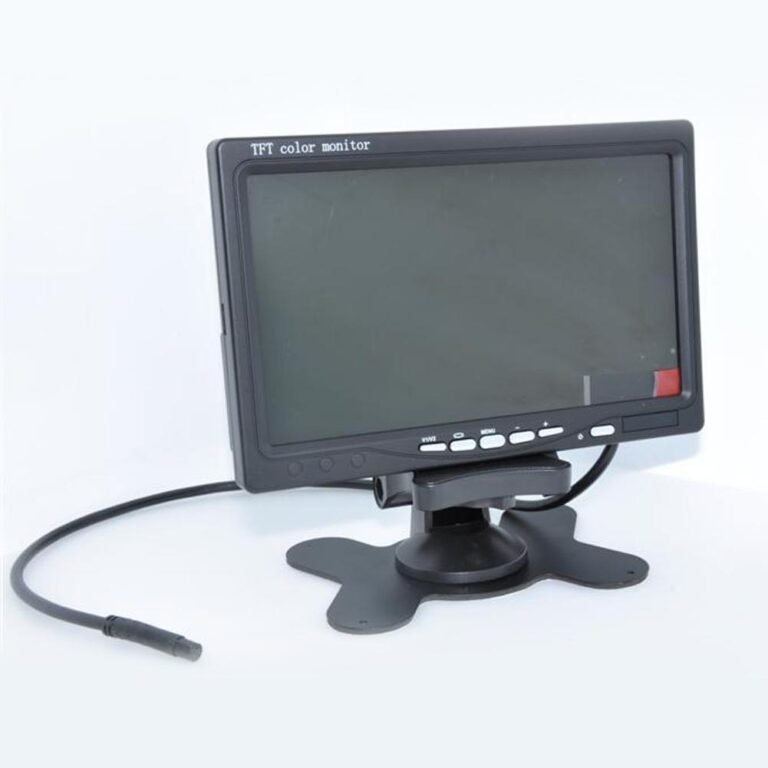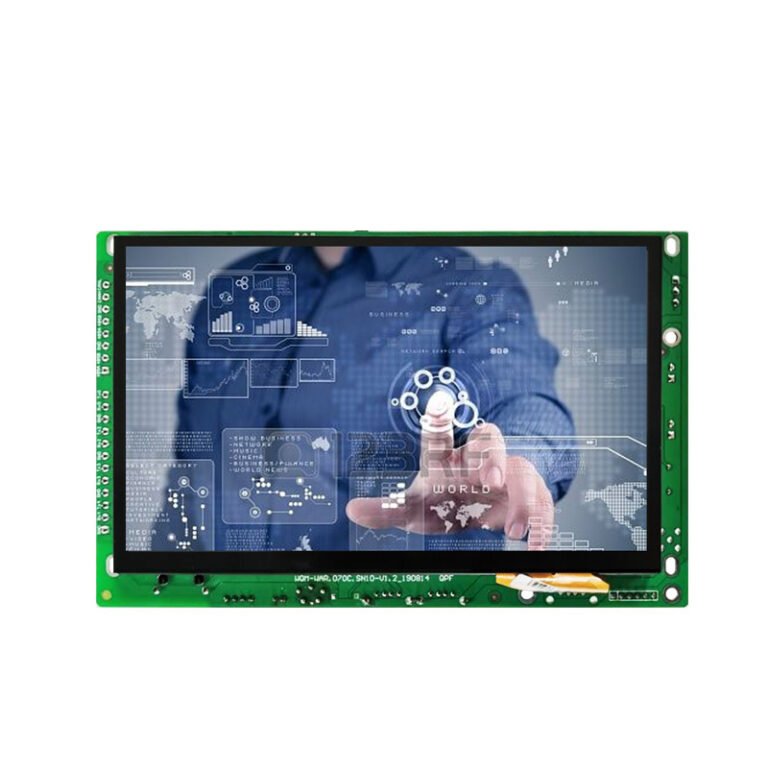1. Overview of STM32 and Arduino
STM32 Overview
STM32 is a series of microcontrollers from STMicroelectronics that are known for their high performance, extensive peripheral options, and flexibility. The STM32 family is based on ARM Cortex-M cores, which provide impressive processing power and speed. STM32 boards can handle complex tasks, including interfacing with high-resolution displays, multitasking, and real-time processing. They are used in industrial applications, robotics, and IoT systems where speed and efficiency are crucial.
Arduino Overview
Arduino, on the other hand, is a popular open-source platform known for its simplicity and ease of use. It is designed for makers, hobbyists, and engineers who want to quickly prototype projects without needing advanced knowledge of electronics. Arduino boards come with a variety of microcontrollers, mostly based on AVR and ARM cores, and offer an easy-to-use programming environment with many pre-built libraries. Arduino is ideal for simple to moderately complex projects, such as home automation, basic robotics, and sensor interfacing.
Key Differences
- Performance: STM32 outperforms Arduino in terms of processing speed and peripheral features. Arduino is great for beginners and low-power applications, while STM32 is better suited for more demanding projects.
- Ecosystem: STM32 offers more advanced features such as DMA (Direct Memory Access), timers, and ADCs, whereas Arduino focuses on simplicity and ease of use with many plug-and-play components.
- Ease of Use: Arduino’s primary strength is its user-friendly interface and the vast number of libraries available, while STM32 requires a deeper understanding of embedded systems and configuration.
| Característica | STM32 | Arduino |
|---|---|---|
| Processing Power | High – suitable for advanced applications | Moderate – best for basic to medium projects |
| Ease of Use | Requires technical expertise | Beginner-friendly, simple setup |
| Development Tools | STM32CubeIDE, Keil, HAL libraries | Arduino IDE, wide library support |
| Coste | Higher – professional-grade hardware | Lower – ideal for low-budget projects |
2. STM32 for LCD Projects
Hardware Features for LCD Integration
STM32 boards offer an array of advanced features for LCD projects. With numerous GPIO pins, high-speed communication protocols (SPI, I2C), and powerful processing cores, STM32 can support complex displays such as TFT, touchscreen LCDs, and high-resolution graphics. For instance, STM32 boards come with integrated DMA, which can significantly offload processing for smoother graphics rendering.
Software Support
STM32 development is powered by STM32CubeMX, STM32CubeIDE, and other integrated development environments (IDEs) like KEIL. STM32 also has a comprehensive set of libraries for LCD integration, including HAL (Hardware Abstraction Layer) and third-party libraries for advanced displays. STM32 supports various popular display modules, including graphical libraries for TFT and touchscreen LCDs.
Desafíos
While STM32 offers incredible power and flexibility, it may pose a challenge for beginners due to its steeper learning curve. The initialization and configuration of the hardware, as well as advanced features such as DMA for graphics rendering, require a deeper understanding of embedded systems.
3. Arduino for LCD Projects
Hardware Features for LCD Integration
Arduino boards are excellent for basic and moderately complex LCD projects. With a range of compatible LCD shields and modules, connecting displays such as 16×2 or 20×4 LCDs is straightforward. For TFT displays, Arduino can handle SPI and I2C communication effectively, though larger or high-resolution displays may require more processing power than Arduino’s typical boards can provide.
Software Support
Arduino shines in its plug-and-play support. Libraries such as LiquidCrystal, Adafruit_GFXy TFT_eSPI simplify the development process, allowing rapid prototyping and minimal configuration effort.
Desafíos
While Arduino’s ease of use is a significant advantage, it comes with limitations. Arduino boards have less processing power compared to STM32, and they may struggle with higher-resolution displays or real-time multitasking, which can be limiting for advanced LCD projects like graphical UIs or multitouch interfaces.
4. STM32 vs. Arduino for LCD Projects
Performance and Complexity
STM32’s higher performance capabilities, such as faster processing and multitasking support, make it ideal for handling complex graphics and large, high-resolution displays. It is particularly suited for industrial-grade applications, real-time processing, or any project requiring smooth graphics and advanced features like touchscreen support. In contrast, Arduino excels in projects where simplicity, ease of use, and rapid prototyping are more important than processing power.
Cost vs. Features
Arduino boards are generally more affordable and offer excellent value for simple to medium-complexity projects. On the other hand, STM32 offers more features and higher performance at a higher cost, making it suitable for professional or advanced projects.
Ease of Use
For beginners, Arduino is an ideal choice due to its user-friendly environment and vast library support. However, STM32 is better for users who require fine-grained control over hardware and who are working on more complex projects that require robust processing power and flexibility.
5. Use Case Scenarios
When to Choose STM32
- For high-performance applications like TFT displays, graphical UIs, and touchscreens.
- Projects requiring real-time data processing and multitasking capabilities.
- Industrial or professional-grade applications that need high reliability and advanced features.
When to Choose Arduino
- For simple applications like displaying text or small graphics on 16×2 or 20×4 LCDs.
- Projects requiring quick prototyping with minimal complexity.
- Home automation systems, beginner-level robotics, and IoT devices that do not require advanced graphics.
| Scenario | Recommended Platform |
|---|---|
| High-resolution TFT display and advanced UI | STM32 |
| Text-based display (16×2, 20×4 LCDs) | Arduino |
| Real-time sensor data visualization with multitasking | STM32 |
| Quick prototyping for IoT/home automation | Arduino |
| Industrial or mission-critical projects | STM32 |
| Educational or beginner robotics projects | Arduino |
6. Conclusión
En conclusión, tanto STM32 como Arduino tienen su lugar en el desarrollo con LCD, pero la elección depende de la complejidad y los requisitos de su proyecto. STM32 es perfecto para aplicaciones industriales de alto rendimiento con funciones avanzadas como pantallas de alta resolución e interfaces multitáctiles. Por otro lado, Arduino ofrece simplicidad, facilidad de uso y prototipado rápido, lo que lo convierte en la mejor opción para principiantes o proyectos más simples.
En última instancia, su decisión debe basarse en el tipo de LCD que desea utilizar, su presupuesto y su nivel de experiencia con sistemas embebidos.
Preguntas Frecuentes (FAQ)
P1: ¿Qué plataforma es más adecuada para principiantes?
R: Arduino es más amigable para principiantes, gracias a su IDE simple y bibliotecas plug-and-play. STM32 es más adecuado para desarrolladores con experiencia.
P2: ¿Puede STM32 controlar pantallas TFT de alta resolución?
R: Sí. El DMA y el procesamiento de alta velocidad de STM32 lo hacen ideal para controlar pantallas TFT grandes y táctiles con renderizado fluido.
P3: ¿Puede Arduino admitir pantallas táctiles?
R: Sí, especialmente las pantallas táctiles resistivas o capacitivas pequeñas basadas en SPI. Sin embargo, puede tener dificultades con funciones multitáctiles y tareas gráficas complejas.
P4: ¿Se requiere Keil o STM32CubeIDE para el desarrollo con STM32?
R: No necesariamente. También puede utilizar PlatformIO o, en algunos casos, incluso el IDE de Arduino para ciertas placas STM32.
P5: ¿Es Arduino adecuado para productos comerciales?
R: Si bien Arduino es excelente para prototipos, los productos comerciales suelen beneficiarse de la robustez y el rendimiento de STM32 o plataformas similares.


